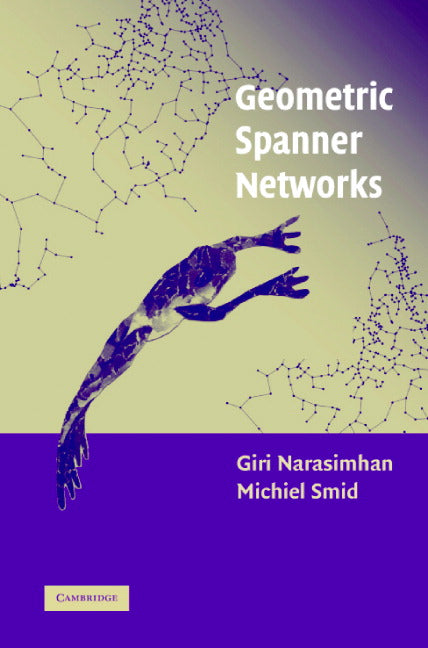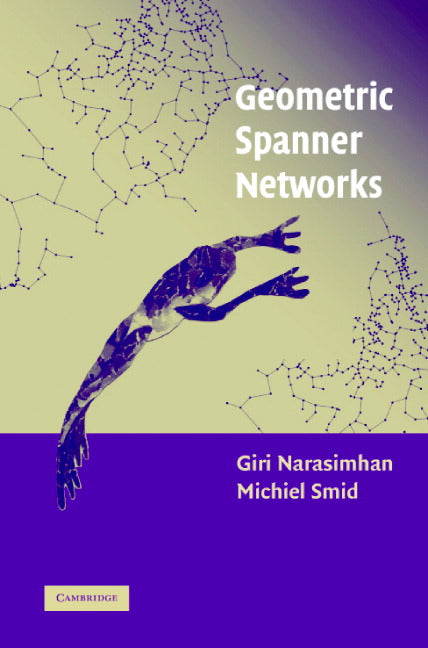Freshly Printed - allow 8 days lead
Couldn't load pickup availability
Geometric Spanner Networks
Rigorous descriptions and analyses of the main algorithms for different variations of the Geometric Spanner Network Problem.
Giri Narasimhan (Author), Michiel Smid (Author)
9780521815130, Cambridge University Press
Hardback, published 8 January 2007
516 pages
26 x 18.5 x 3.4 cm, 1.06 kg
"The writing style is clear, with a clean presentation enriched with boxes highlighting important contents and figures."
David Orden, Mathematical Reviews
Aimed at an audience of researchers and graduate students in computational geometry and algorithm design, this book uses the Geometric Spanner Network Problem to showcase a number of useful algorithmic techniques, data structure strategies, and geometric analysis techniques with many applications, practical and theoretical. The authors present rigorous descriptions of the main algorithms and their analyses for different variations of the Geometric Spanner Network Problem. Though the basic ideas behind most of these algorithms are intuitive, very few are easy to describe and analyze. For most of the algorithms, nontrivial data structures need to be designed, and nontrivial techniques need to be developed in order for analysis to take place. Still, there are several basic principles and results that are used throughout the book. One of the most important is the powerful well-separated pair decomposition. This decomposition is used as a starting point for several of the spanner constructions.
Part I. Introduction: 1. Introduction
2. Algorithms and graphs
3. The algebraic computation-tree model
Part II. Spanners Based on Simplical Cones: 4. Spanners based on the Q-graph
5. Cones in higher dimensional space and Q-graphs
6. Geometric analysis: the gap property
7. The gap-greedy algorithm
8. Enumerating distances using spanners of bounded degree
Part III. The Well Separated Pair Decomposition and its Applications: 9. The well-separated pair decomposition
10. Applications of well-separated pairs
11. The Dumbbell theorem
12. Shortcutting trees and spanners with low spanner diameter
13. Approximating the stretch factor of Euclidean graphs
Part IV. The Path Greedy Algorithm: 14. Geometric analysis: the leapfrog property
15. The path-greedy algorithm
Part V. Further Results and Applications: 16. The distance range hierarchy
17. Approximating shortest paths in spanners
18. Fault-tolerant spanners
19. Designing approximation algorithms with spanners
20. Further results and open problems.
Subject Areas: Mathematical theory of computation [UYA], Algorithms & data structures [UMB], Geometry [PBM]


